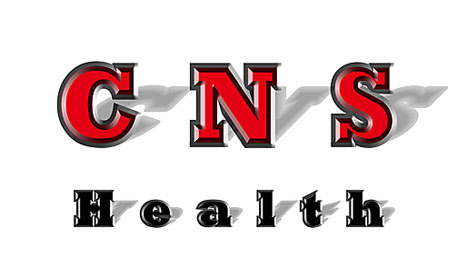WASHINGTON – The Ivy Apartments, the complex in Dallas where Ebola patient Thomas Eric Duncan stayed, is home to residents of many different nationalities and languages.
Various media outlets have reported that the neighborhood in which the complex sits is made up of immigrants who speak some 30 languages.
Reaching populations who don’t speak English as their first language to talk about public health information can be a complex task that takes a lot of preparation to tackle effectively. This struggle plays out all the time in some of Maryland’s most diverse counties, where language barriers and cultural differences persist, and information consumption varies widely.
In the case of Ebola, people in the three most-affected West African countries of Guinea, Liberia and Sierra Leone, where the majority of the more than 4,000 Ebola deaths have occurred, speak a plethora of languages and dialects. Not only do U.S. public health officials have the task of trying to communicate about Ebola with the diaspora from those countries, they also must navigate the maze of languages spoken by other minority groups to keep them updated on the issue, as well.
For example, Asian Americans speak a multitude of languages — Korean, Japanese, Tagalog, Urdu, Mandarin, to name a few — so written information and even graphics need to be culturally appropriate, said Dr. Sandra Quinn, senior associate director of the Center for Health Equity at the University of Maryland’s School of Public Health and a former consultant for the CDC.
Before a public health crisis even hits, it’s important for officials to already understand a community’s cultural and language preferences, Quinn said.
“That translation is never as simple as, ‘Word means X in English’ and it translates simply to ‘X’ in Spanish or ‘X’ in Arabic because cultural meanings are different,” she said. “So part of that assessment is understanding and being able to develop the capacity or get consultants who can do those translations in ways that recognize the cultural nuances of the issue.”
She said it is also important to know how these immigrant communities consume their news and information.
“And so you want to look at the media and think broadly. Is it radio? Is it TV? You want to look at some of the big organizations that know exactly how to reach these audiences,” Quinn said.
Direct outreach by local health departments, community organizations and faith-based groups is key to getting messages from the federal government across, she said. But that kind of outreach is costly and time consuming for health agencies that are often strapped for resources.
The Centers for Disease Control and Prevention website has fact sheets, infographics and videos with information about Ebola in English, Spanish and French.
“Because Guinea is a French speaking country, our efforts have also been focused in French and we have created several infographics, (Public Service Announcements) and many other materials in that language,” Alex Alvarez, head of Translation Services at the CDC, said in an email.
There are also Ebola information materials on the website, such as radio spots, in Wolof, a language spoken in Senegal, and Krio, a language spoken in Sierra Leone, as well as other dialects in the West African region. Most of the information provided in languages other than English can be found on the CDC’s Spanish website.
The latest U.S. Census data show 16.5 percent of Marylanders speak a language other than English at home. Numbers from the CDC say the Top 5 languages spoken in Maryland after English are Spanish, French, Chinese, Korean and German.
In Montgomery County, Census numbers show 38.7 percent of residents speak a language other than English at home.
Daniel Koroma, community liaison to the African and Caribbean communities at the Montgomery County Executive’s Office, said they have seen the inter-African diaspora unite to fight Ebola.
There have been campaigns, meetings and volunteers who speak the languages going directly into African communities to educate people on Ebola, he said.
“It’s really been an entire community effort, and not only the folks from those three affected countries,” Koroma said. The Ebola-affected West African countries of Guinea, Liberia and Sierra Leone are represented in the thousands in Montgomery County, he said.
Montgomery County’s health department has a separate webpage dedicated to Ebola information with links to both the CDC and the Maryland Department of Health and Mental Hygiene.
Sara Luell, a spokeswoman for the Maryland Department of Health and Mental Hygiene’s Office of Preparedness, said in an email that the state’s webpage dedicated to Ebola has links to resources in multiple languages, including Arabic, Farsi, Russian and Urdu. Additionally, she said, the department contracts with in-person and over-the-phone interpretation services so the agency can communicate with residents about any health topic, including Ebola.
While finding translators is not a hurdle, Luell said, reaching special populations can be challenging, “which is why we work through the local health departments, other state agencies, and community and faith-based partners to distribute our materials as widely as possible.”
In a statement released Thursday, Gov. Martin O’Malley announced a coordinated strategy that calls for any Ebola patient in Maryland to be cared for at one of three hospitals: Johns Hopkins Hospital, University of Maryland Medical Center or MedStar Washington Hospital in Washington.

